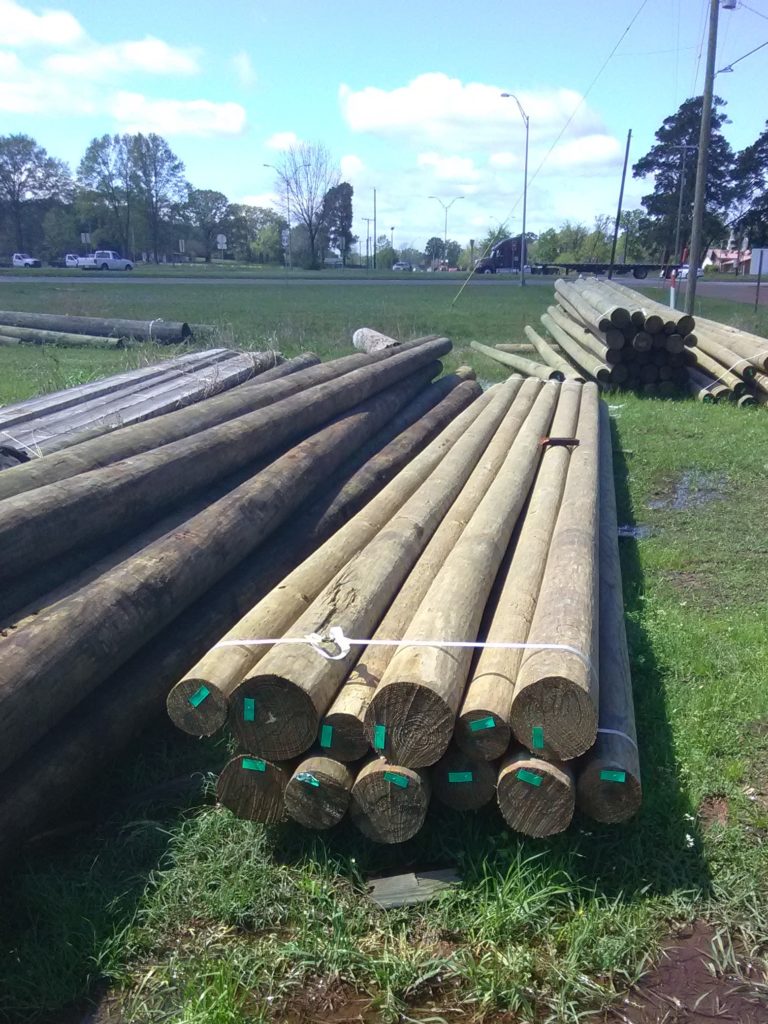A Comprehensive Guide to Understanding the Costs Involved
Staring up at the towering utility poles that line our streets, we seldom consider the complex infrastructure behind their presence. But these unassuming structures play a pivotal role in delivering the electricity, communication, and lighting we rely on daily. When a utility pole succumbs to the ravages of time, storms, or accidents, its replacement becomes a crucial undertaking with substantial costs associated with it. In this article, we delve into the intricacies of utility pole replacement, exploring the factors that influence its expenses and providing valuable insights into the process.

Image: www.cobblumber.com
The Determinants of Utility Pole Replacement Costs
The cost of replacing a utility pole varies significantly depending on several factors, including:
- Pole Size and Type: Taller and larger poles made of durable materials command higher prices.
- Location and Accessibility: Remote or difficult-to-reach areas necessitate specialized equipment and manpower, increasing overall costs.
- Labor Costs: Skilled technicians responsible for excavation, pole installation, and wire transfer command varying wages based on location and unionization.
- Regulatory Permits and Inspections: Adhering to stringent safety and environmental regulations can incur additional fees.
- Emergency Replacements: Urgent pole replacements outside of regular business hours attract premium rates.
Breaking Down the Costs of Utility Pole Replacement
To understand the distribution of replacement costs, let’s break down each component:
- Materials: The utility pole itself accounts for a significant portion of the expenses.
- Labor: Installing a new pole and transferring wires requires specialized expertise.
- Equipment: Digging equipment, cranes, and specialized tools are essential for a safe and efficient replacement.
- Permits and Inspections: Fees associated with obtaining necessary permits and inspections to ensure compliance can vary by region.
- Contingency Fund: Unexpected costs, such as underground damage or equipment malfunction, are often factored into the budget.
Estimated Costs of Utility Pole Replacement
While specific costs vary widely, industry estimates indicate a range of $2,000 to $10,000 for replacing a typical utility pole. However, factors such as height, type, location, and urgency can push the price beyond this range. For instance, replacing a 50-foot concrete pole might cost around $5,000, while a taller, wooden pole in a remote area could exceed $10,000.

Image: marwoodltd.com
How Much Does It Cost To Replace A Utility Pole
Conclusion
Understanding the factors that influence utility pole replacement costs empowers individuals and communities with valuable information. From planning budgets to assessing insurance coverage, this knowledge enables informed decision-making. Remember, the cost of replacing a utility pole is not merely a financial consideration; it represents the restoration of a critical infrastructure that ensures our access to essential utilities.